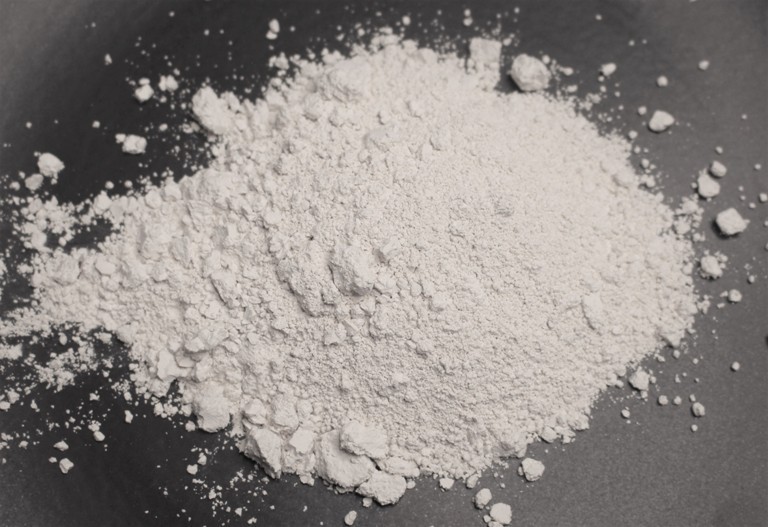What Parents Should Know About Cavity Treatment for Kids
As a parent, one of the biggest concerns you may have is ensuring your child’s health and well-being, including their dental health.
As a parent, one of the biggest concerns you may have is ensuring your child’s health and well-being, including their dental health. One of the most common issues children face is cavities. Cavities, or tooth decay, are often a result of poor oral hygiene, sugary diets, and not enough visits to the Lancaster dentist near me. But what happens when your child gets a cavity? How should it be treated, and what can you do to prevent it from happening again?
Understanding cavity treatment for kids is crucial for every parent. It’s not just about fixing the tooth—it’s about teaching your child the importance of good oral hygiene habits and preventing future problems.
1. What Causes Cavities in Kids?
Cavities in children are most commonly caused by poor oral hygiene, especially after consuming sugary foods or drinks. When plaque, a sticky film of bacteria, builds up on teeth, it can begin to break down the tooth enamel, leading to decay. If left untreated, the decay can progress deeper into the tooth, eventually causing pain and infection.
For kids, cavities are often found in the chewing surfaces of back teeth, between teeth, or near the gum line. Since children are still developing their oral hygiene habits, cavities are not unusual to form early.
2. How Are Cavities Diagnosed?
The first step in cavity treatment is diagnosis. Regular dental visits are crucial, as pediatric dentists are trained to spot cavities before they become serious problems. Often, a dentist will use a small mirror, probe, and X-rays to detect cavities early on. Catching cavities early allows for more conservative treatments, such as fluoride or dental sealants, to help prevent further damage.
It’s important to schedule regular dental check-ups for your child, ideally every six months. Even if your child doesn’t complain of pain, cavities can still be forming in hard-to-reach areas.
3. Treatment Options for Cavities
When cavities are detected, the type of treatment your child needs will depend on the severity of the decay. Here are the most common options:
Fluoride Treatment
If the cavity is in its early stages, fluoride treatments may help reverse the damage and stop the decay from progressing. When applied topically, fluoride strengthens enamel and can prevent further damage.
Fillings
Fillings are typically used to restore moderate cavities. Your child’s dentist will clean out the decayed portion of the tooth and fill it with a material such as composite resin, silver amalgam, or even a stainless steel crown. The material used will depend on the location of the cavity and your child’s specific needs.
Crowns
In severe decay, where a filling may not suffice, a crown may be necessary to cover the entire tooth and restore its function. Stainless steel crowns are often used in children’s teeth because they are durable and easy to place.
Root Canals
If the cavity has reached the pulp (the innermost part of the tooth), a root canal may be required to save the tooth. While root canals are not as common in children’s teeth, they may be necessary to avoid extraction if the tooth is severely infected.
4. How to Prevent Cavities in Kids
Preventing cavities is always better than treating them. As a parent, there are several steps you can take to reduce the risk of cavities in your child:
Teach Proper Brushing and Flossing
Ensure your child brushes their teeth twice daily with fluoride toothpaste and flosses daily. Proper brushing and flossing help remove food particles and plaque that can cause cavities.
Limit Sugary Foods and Drinks
Sugary snacks and drinks are the main culprits when it comes to cavities. Encourage your child to eat healthy snacks like fruits, vegetables, and cheese, and limit sugary treats. If your child drinks juice or soda, use a straw to minimize contact with teeth.
Use Dental Sealants
Dental sealants are thin, protective coatings that can be applied to the chewing surfaces of back teeth. These sealants act as a barrier to prevent food and bacteria from getting into the grooves of the teeth, reducing the risk of cavities.
Visit the Dentist Regularly
Regular dental visits are key to preventing cavities. Your dentist can monitor your child’s oral health, clean their teeth, and provide professional fluoride treatments to protect against decay.
Conclusion
Tooth cavity treatment in Lancaster for kids is essential for immediate oral health and setting the foundation for lifelong dental habits. As a parent, staying proactive with regular dental check-ups, teaching good oral hygiene habits, and being mindful of your child’s diet can go a long way in preventing cavities. If your child does develop a cavity, timely treatment will help prevent further damage and avoid more complex procedures down the line.
By working together with your child’s dentist, you can ensure they grow up with a healthy, happy smile!



















Facebook Conversations